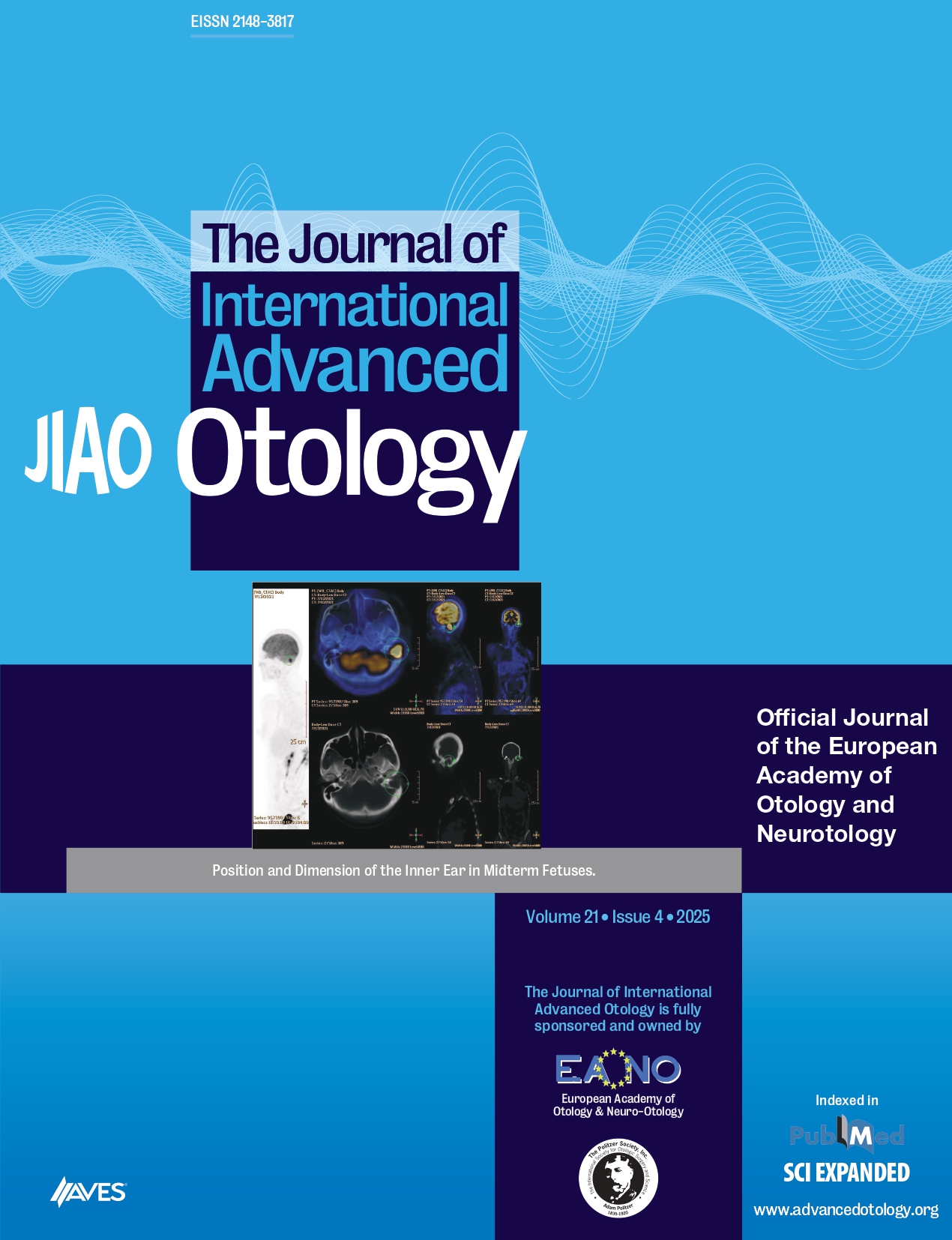Abstract
The electrode array of a cochlear implant forms a permanent, often lifelong interface between the implanted electronics and neural structures of the cochlea. A cochlear implant is primarily prescribed to restore hearing via electrical stimulation of the auditory nerve. As with any neural stimulator intended to either deliver electrical stimulus or record a neural response, the aim is to place the electrodes in close proximity to the target neural structures. The broadening of indications and the concept of preservation of low-frequency residual hearing over the last two decades has resulted in an increased understanding of the mechanisms and implications of intracochlear trauma for both the hearing preservation surgery and electrical stimulation outcomes with cochlear implantation, as well as the influence of many biographic and audiological patient factors correlated with achieving better hearing outcomes. These two goals, the proximity to the cochlear nerve for electrical stimulation and the preservation of cochlear structures, have typically been viewed as mutually exclusive, with perimodiolar electrode arrays being preferred for the former, and lateral wall electrode arrays for the latter. The design evolution of both the lateral wall and perimodiolar electrodes is presented, considering the cochlea anatomy and continued understanding of the mechanics and dynamics of electrode insertion, along with the influence of the ongoing changes to the intracochlear environment to provide a rationale for the electrode design with the intent to provide the greatest patient benefit over their implanted lifetime.
Cite this article as: Risi F. Considerations and Rationale for Cochlear Implant Electrode Design – Past, Present and Future. J Int Adv Otol 2018; 14(3): 182-91.



.png)
.png)